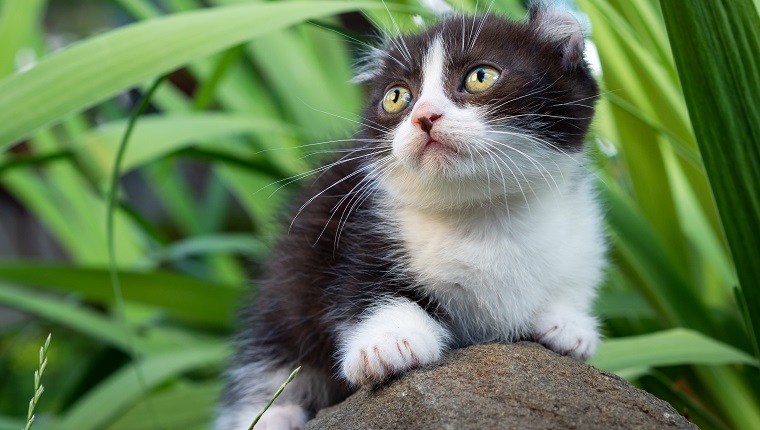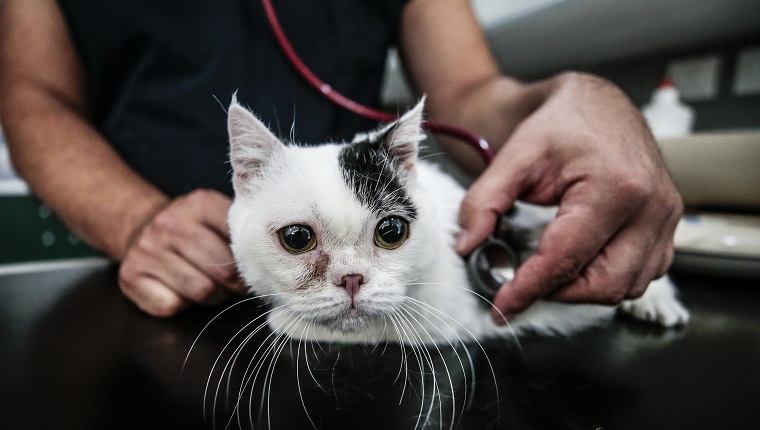Osteochondrodysplasia in cats, also called skeletal dwarfism, is a hereditary medical condition that develops when a cat’s bones and cartilage are unable to grow properly. Cats suffering from this condition usually have shortened limbs.
In particular, the Scottish Fold breed is most frequently diagnosed with skeletal dwarfism.
If you see signs that your kitty might be suffering from bone or cartilage development issues, then you must consult your veterinarian for a proper diagnosis and course of treatment. Here’s what you should know about the symptoms, causes, and treatments of osteochondrodysplasia in cats.
Symptoms Of Osteochondrodysplasia In Cats
Osteochondrodysplasia in cats can present a range of symptoms. Some of the most common symptoms include:
- Abnormally large head
- Teeth that are crooked
- Failing to grow properly
- Short bones
- Spine curving to one side
Causes Of Osteochondrodysplasia In Cats

The cause of osteochondrodysplasia in cats is genetic.
Scottish Fold cats are the breed most likely to develop the condition. Additionally, it can affect cats of all genders equally.
Veterinary Treatments
If you think that your cat might be developing osteochondrodysplasia, then your veterinarian will want to ask a series of questions about their medical history. They’ll order blood and urine tests, and X-rays are standard when attempting to confirm a diagnosis.
The vet will also pay attention to the spine to look for signs of skeletal dwarfism.
Treatment can often involve surgery. The precise form of surgery will depend on the symptoms that your feline is showing and suffering from.
Additionally, vets often suggest medication, including pain killers and anti-inflammatory pills. As ever, if your vet prescribes your kitty any medicine, it is vital that you stick to the precise dosage and frequency instructions, along with completing the full course of medication.
In many cases, cats who develop this condition can go on and lead normal, unhindered lives; although, it is important to monitor any potential symptoms that may develop and bring them up with your vet.
Additionally, cats with skeletal dwarfism can have a higher risk of suffering from feline obesity.
Has your cat developed osteochondrodysplasia? Do they live a normal, healthy life with the condition? Tell us all about it in the comments below.




